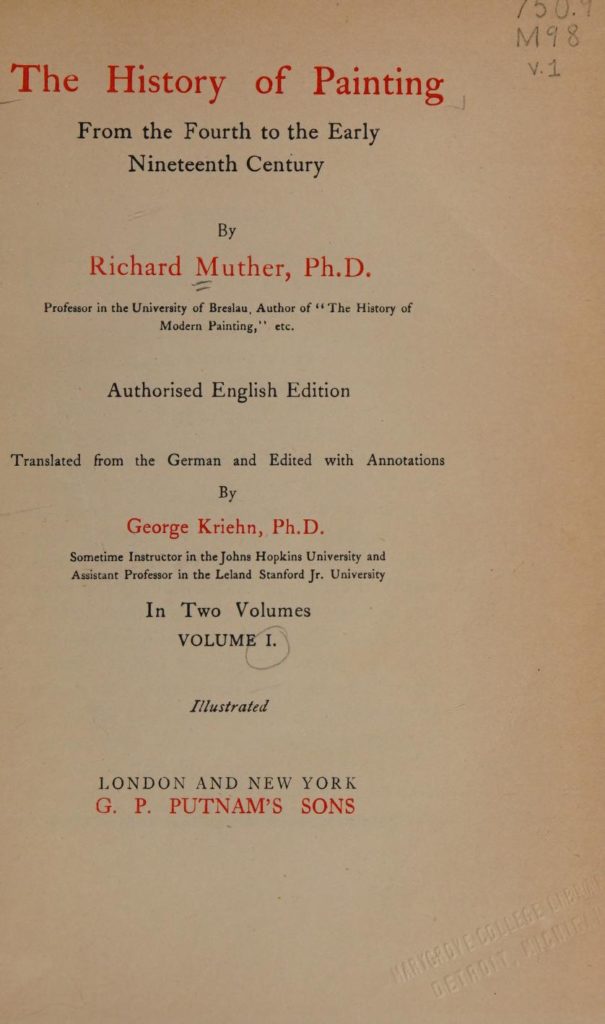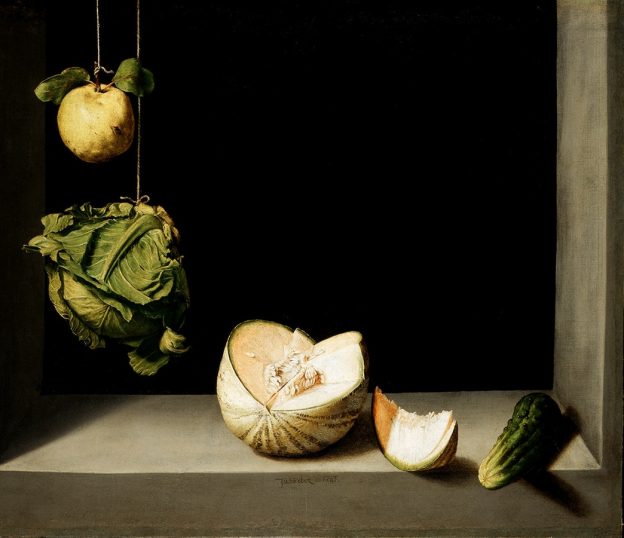There is a wonderful exhibition in Brussels right now. Spanish Still Life – Velázquez, Goya, Picasso, Miró has two Cotáns, apart from Zurbarán, the crème de la crème of still life.
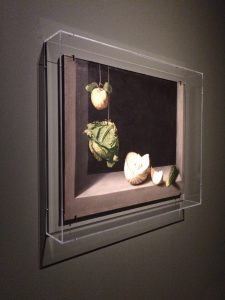
Sadly, behind glass, but seeing this is such a blast.
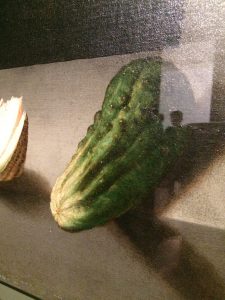
Quince, Cabbage, Melon and Cucumber (1602) by Juan Sánchez Cotán. This is the central piece of the exhibition. Jaw-droppingly beautiful. Below detail of the cucumber.
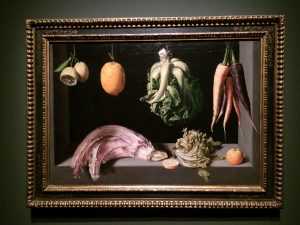
Still Life with Fruit and Vegetables (c.1600) by Juan Sánchez Cotán. Another Cotan, a little too full to my liking but still a top work.
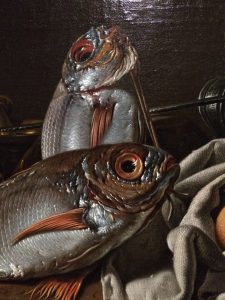
Still Life With Bream, Oranges, Garlic, Condiments, and Kitchen Utensils (1772) by Luis Egidio Meléndez (detail)
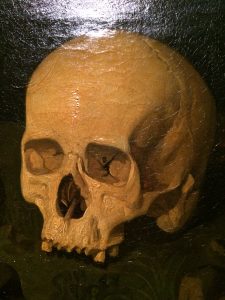
Vanitas (Goya’s Skull) (1849) by Dionisio Fierros. This painting has a nice phrenology story behind it. Kind of similar to what happened to Sade’s skull.
There were two Goya’s: Still Life with Golden Bream and one with a bird (I was unable to find the title, it’s this one). There were no Zurbaráns. I would have paid the price of the entrance for the two Cotans alone.

